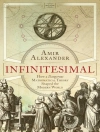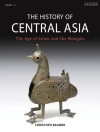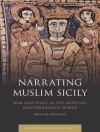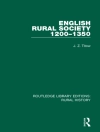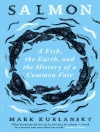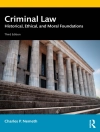From the fluttering fabric of a tent, to the blurred motion of the potter’s wheel, to the rhythm of a horse puppet’s wooden hooves—these scenes make up a set of mid-1980s art exhibitions as part of the U.S. Festival of India. The festival was conceived at a meeting between Indira Gandhi and Ronald Reagan to strengthen relations between the two countries at a time of late Cold War tensions and global economic change, when America’s image of India was as a place of desperate poverty and spectacular fantasy. Displaying Time unpacks the intimate, small-scale durations of time at work in the gallery from the transformation of clay into ceramic to the one-on-one, personal encounters between museum visitors and artists.
Using extensive archival research and interviews with artists, curators, diplomats, and visitors, Rebecca Brown analyzes a selection of museum shows that were part of the Festival of India to unfurl new exhibitionary modes: the time of transformation, of interruption, of potential and the future, as well as the contemporary and the now.
Daftar Isi
1. Flickering Light, Fluttering Textiles
An Interruption: Derridean Temporality at the Festival
2. Material Transformations: Clay, Terracotta, Trash
3. Time, Interrupted: People in the Gallery
4. Entrepreneurial Exhibits
5. The Contemporary, at a Distance
6. Setting Up the Tent Anew
Tentang Penulis
Padma Kaimal is Batza Professor of Art and Art History at Colgate University. She is the author of Scattered Goddesses: Travels with the Yoginis (Association for Asian Studies, 2013) and Opening Kailasanatha: The Temple in Kanchipuram Revealed in Time and Space (Washington, 2021).


